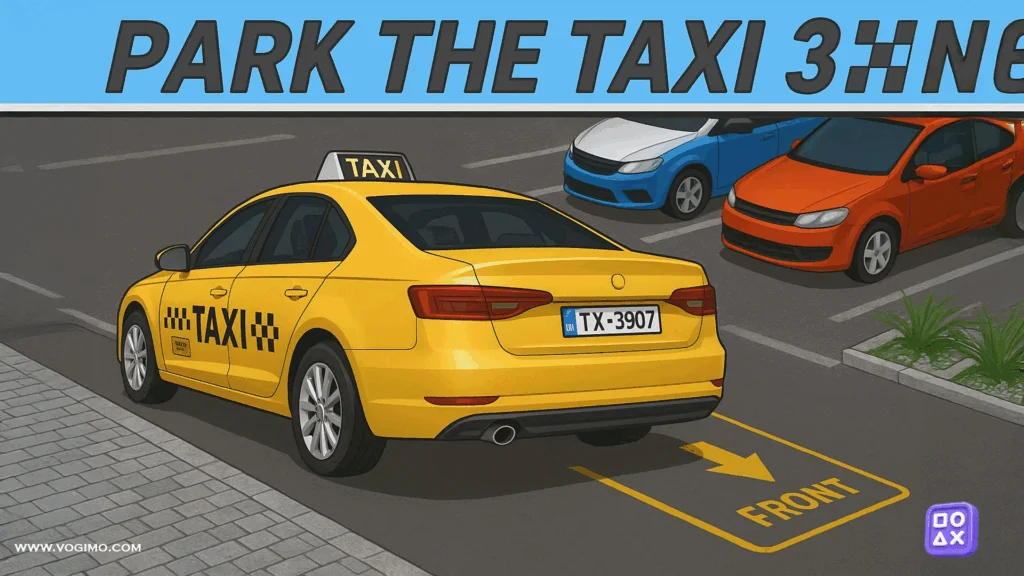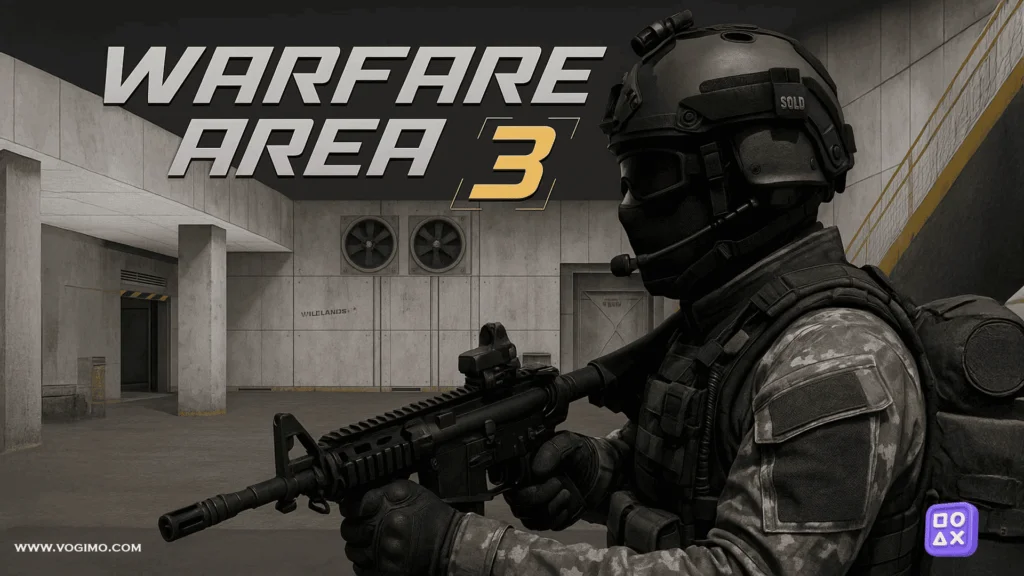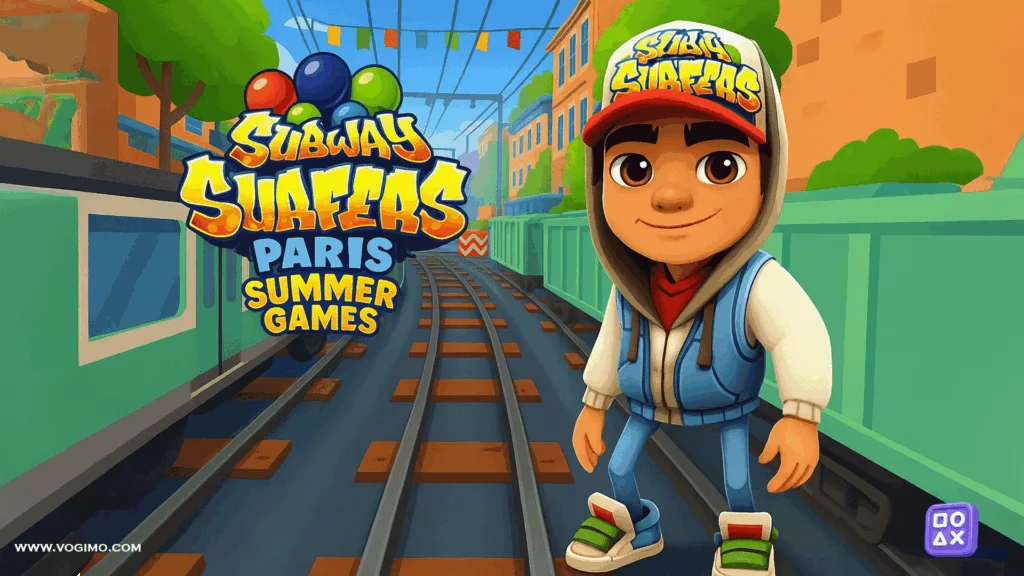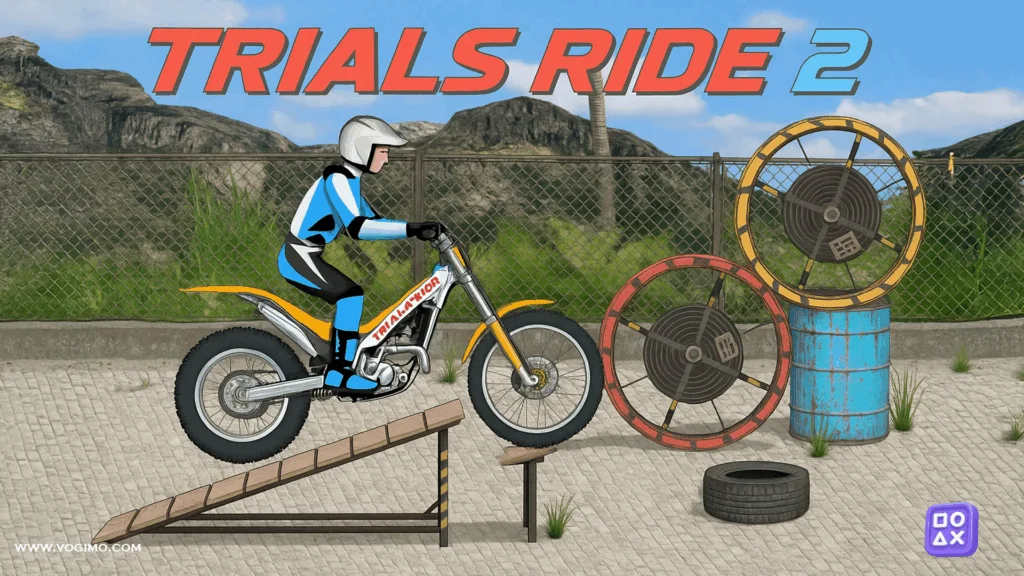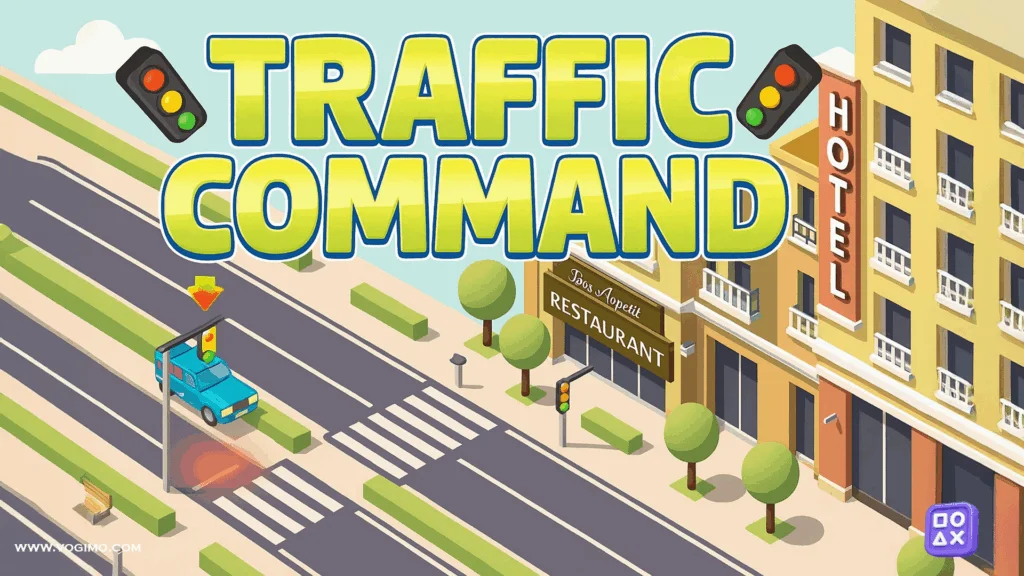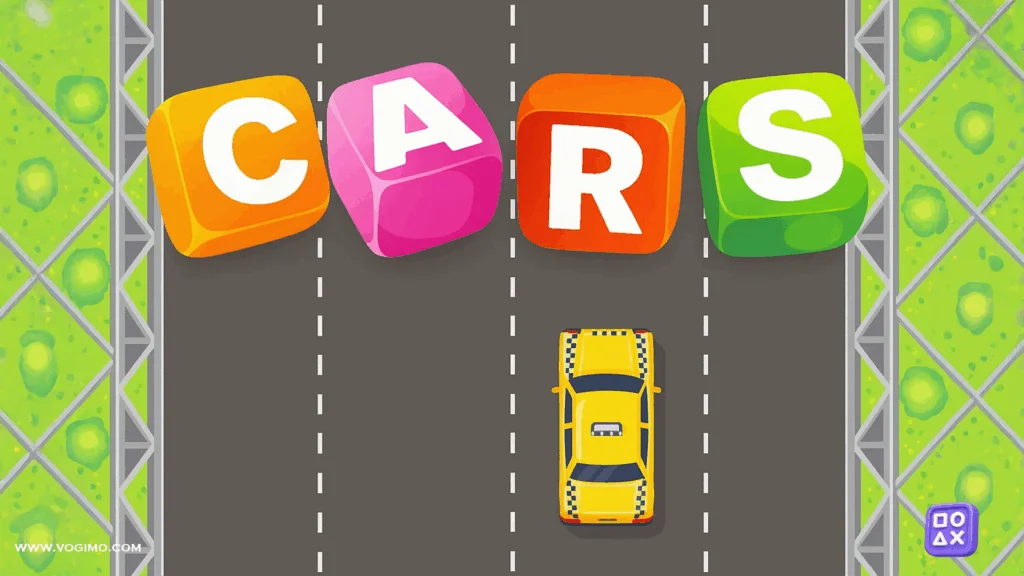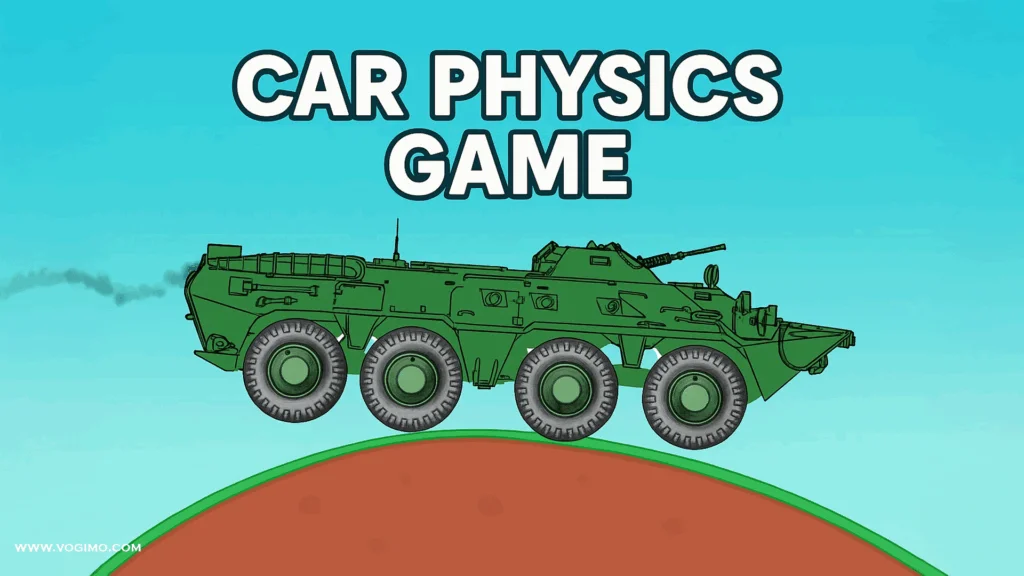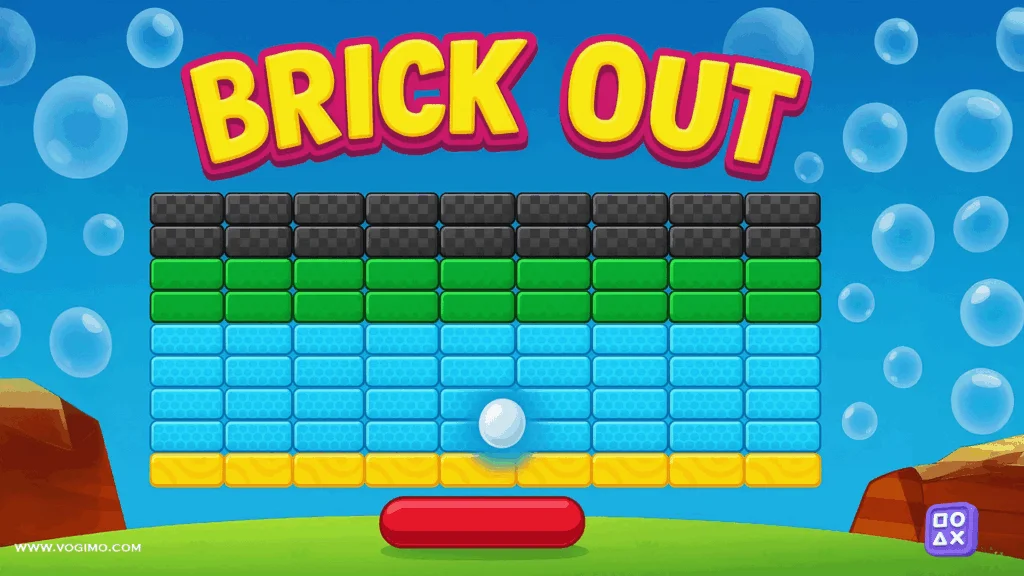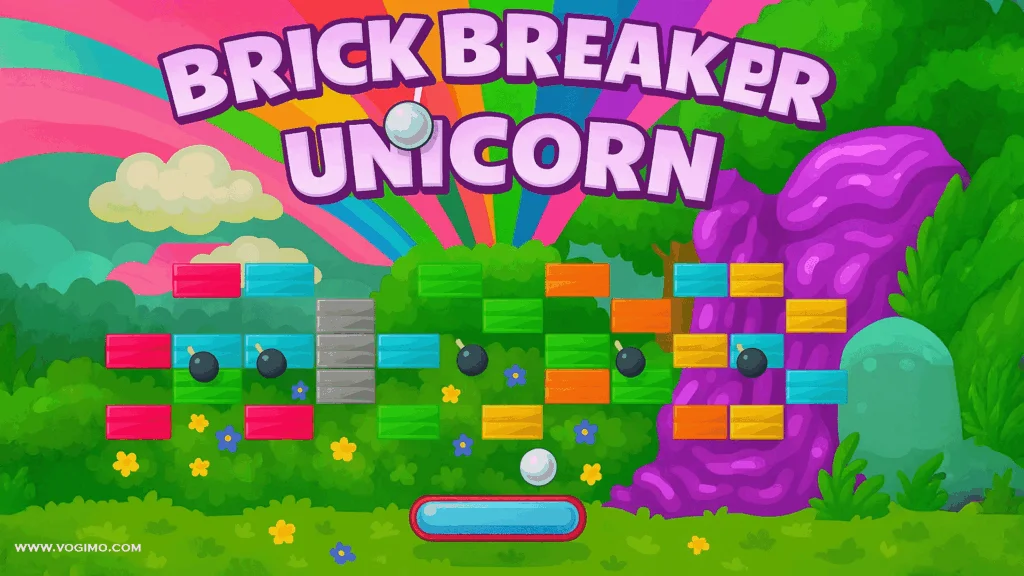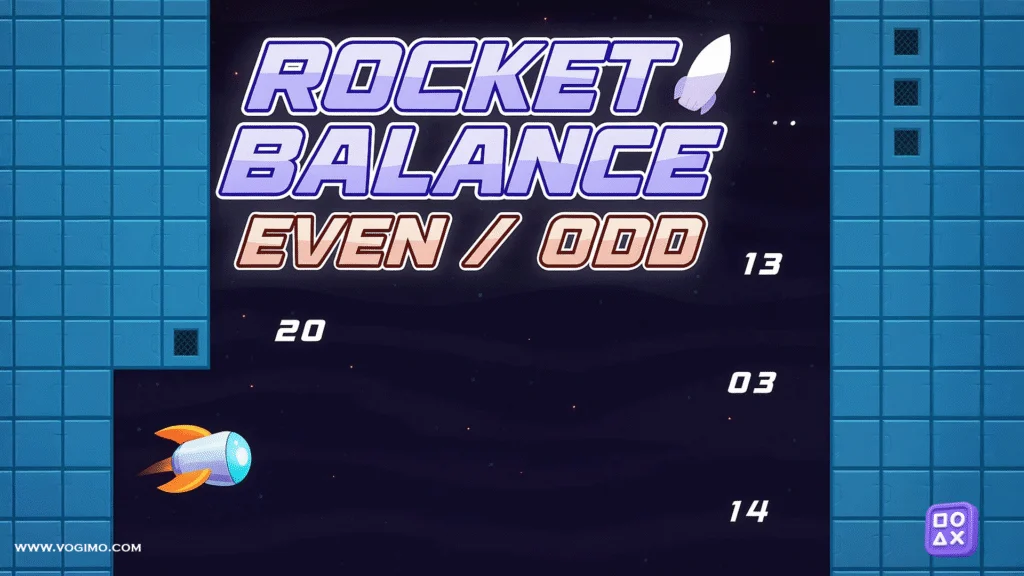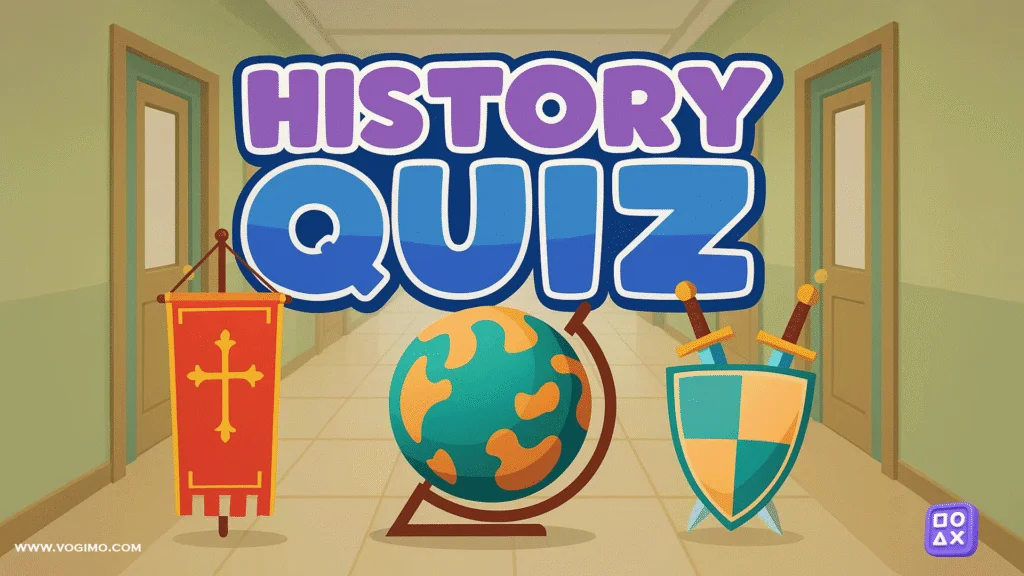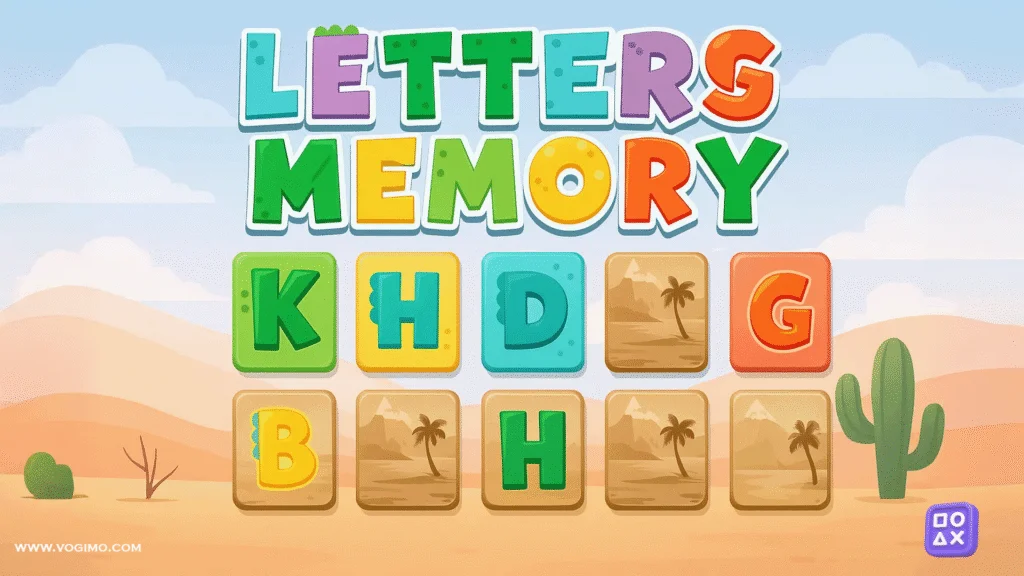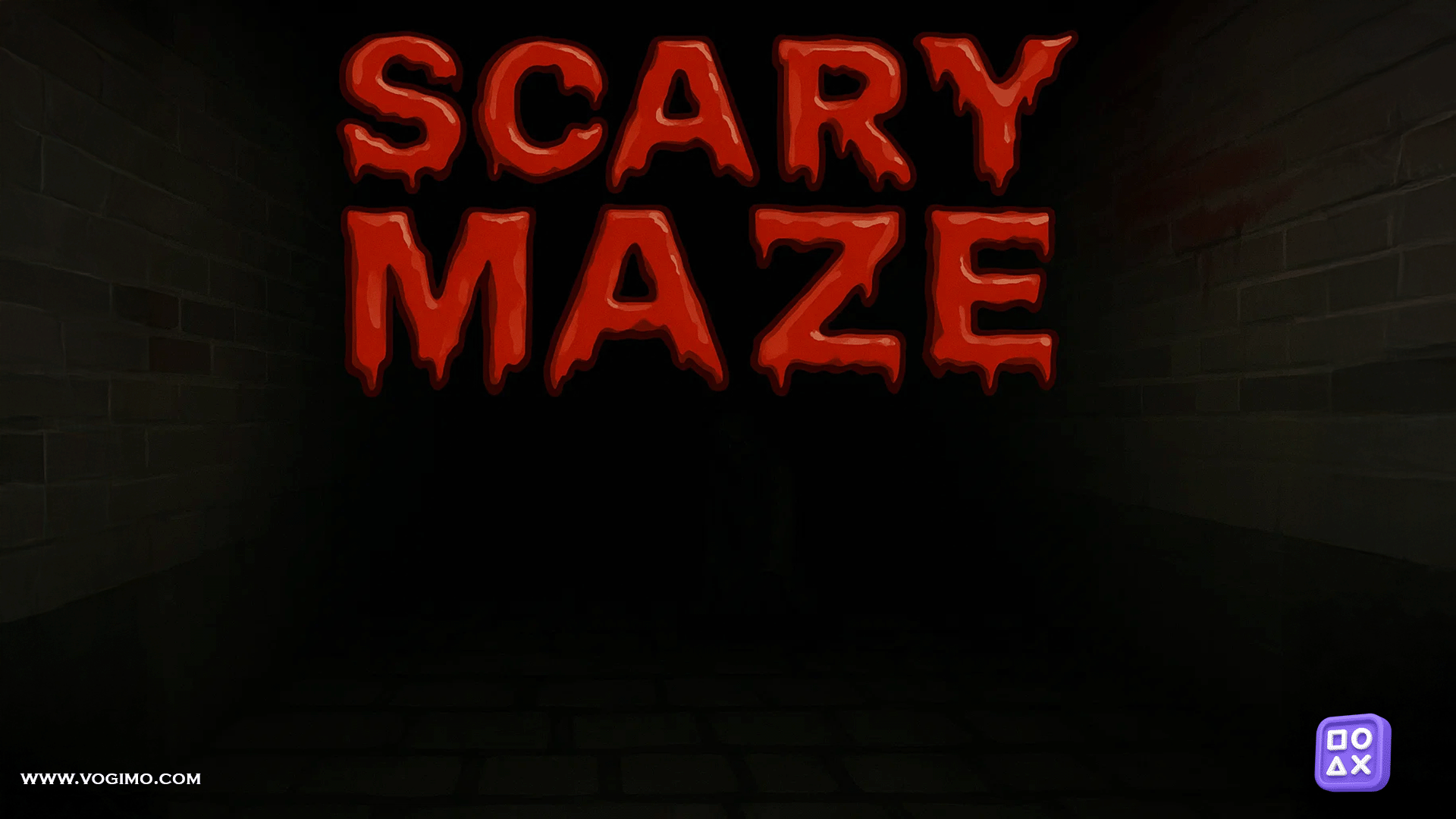Scary Maze doesn’t waste time explaining itself. You wake up inside a dim, boxy labyrinth, the walls close enough to make you second-guess every step. Somewhere in there is a key; somewhere else is a gate; between them is your sense of direction, which may or may not cooperate under pressure. The premise is simple, almost old-school: find the exit fast and set a better time. The tension comes from the in-between corridors that look identical, corners that appear to fold back on themselves, and that nagging feeling you’ve walked past the right path twice already.
It’s a first-person view with straightforward controls, so the learning curve is really your own brain. After a couple of runs, patterns begin to click. Long straights often lead to dead ends; short zigzags sometimes hide progress. Turn too fast and you’ll over-rotate, lose your line, and waste seconds correcting. Move too slow and the clock quietly eats your confidence. The game seems tuned for calm, deliberate movement, not wild sprinting—though a quick dash down a known corridor can feel glorious when you’re on a clean route. Sound, light, and geometry do most of the work: a slightly darker alcove may suggest a tucked-away key; a brighter seam of light might point to the main artery. None of this is guaranteed, but noticing these tiny cues is usually the difference between shaving twenty seconds and wandering in circles.
Controls
Desktop only: W-A-S-D (or Arrow keys) to move, mouse to look/turn. Adjust your mouse sensitivity if turns feel jumpy; small tweaks go a long way in tight spaces.
(Not compatible with phones or tablets.)
Quick tips to score high
- Pick a wall and commit. The classic right-hand rule (keep your right hand “on the wall”) sounds goofy, but it’s a reliable way to avoid aimless loops in many mazes.
- Count your turns. Whisper “one, two, three” on consecutive rights or lefts; this tiny habit helps you recognize when you’ve re-entered a loop.
- Mark mental landmarks. A cracked tile, a brighter patch, a T-junction—tie a quick word to it (“crack,” “bright bend,” “T-split”) so you can navigate by memory.
- Center before turning. Step to the middle of the corridor before a turn; you’ll see more and clip fewer corners.
- Sweep corners, don’t snap. Smooth half-second turns keep your orientation; whip-turns often cost more time correcting.
- Key first, then path. If you spot the gate early, note its bearings (e.g., “two lefts from long hall”), then hunt the key with that return route in mind.
Common mistakes (and fixes)
- Over-rotating on every corner → Lower mouse sensitivity a notch; practice “quarter-turns” in a safe hallway.
- Chasing symmetry → Mazes love fake mirrors. If two paths look identical, choose the one with slightly more visual noise (extra seams, a shadow pocket).
- Forgetting the gate’s location → When you first see it, stop for half a beat and say the route aloud: “Right, right, long, left.” It sticks.
- Panic backtracking → If you hit a dead end, turn once and walk, don’t spin. Spinning twice is how players erase their mental map.
- Hugging corners too tight → You’ll miss side alcoves. Give yourself shoulder room and peek.
Fast facts
- Genre: First-person maze/escape, time-attack
- Goal: Find the key, unlock the gate, exit as fast as possible
- Playtime per run: ~1–5 minutes (faster with a learned route)
- Best habits: Wall-following, mental landmarks, smooth turning
- Platform: Desktop only (keyboard + mouse)
FAQ
Is there a map or minimap?
No. That’s by design. The challenge is building a mental map as you move. If you need training wheels, sketch a tiny grid on a sticky note for a run or two—then try weaning off it.
Any motion-sickness tips?
Lower mouse sensitivity, avoid rapid 180s, and try a smaller windowed mode. Smooth, steady turns beat snap spins.
Is sprinting worth it?
Only on corridors you know. Sprinting into unknown corners usually costs time when you overshoot a junction.
How do I improve between runs?
After each finish, jot three beats: first landmark you saw, where you found the key, and two turns that felt “wrong.” On the next run, course-correct those exact moments.
Can I brute-force it?
Technically, yes—but you’ll set better times by following one wall consistently and keeping a clean turn rhythm.
If you want a quick warm-up before a serious attempt, load in and walk 30 seconds using only the right-hand rule, turning smoothly and naming landmarks out loud. It looks silly; it works. Do that once, then go for a real time. The maze won’t change, but your brain will feel a shade sharper and in Scary Maze, that’s usually the escape key you were looking for.



